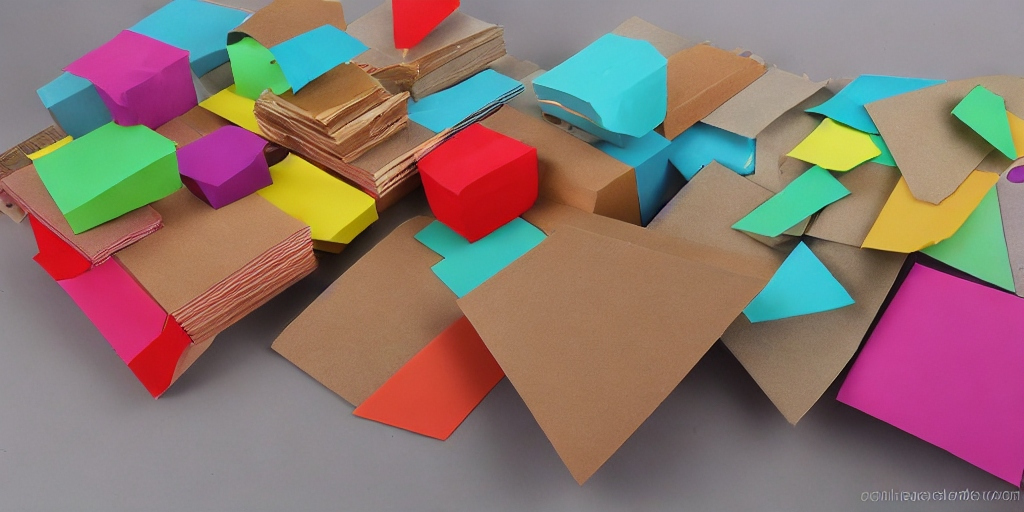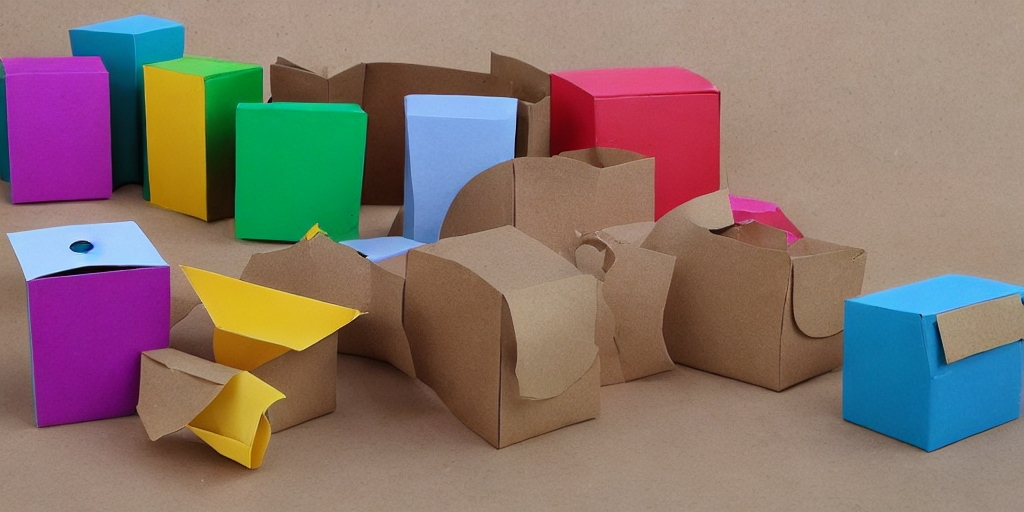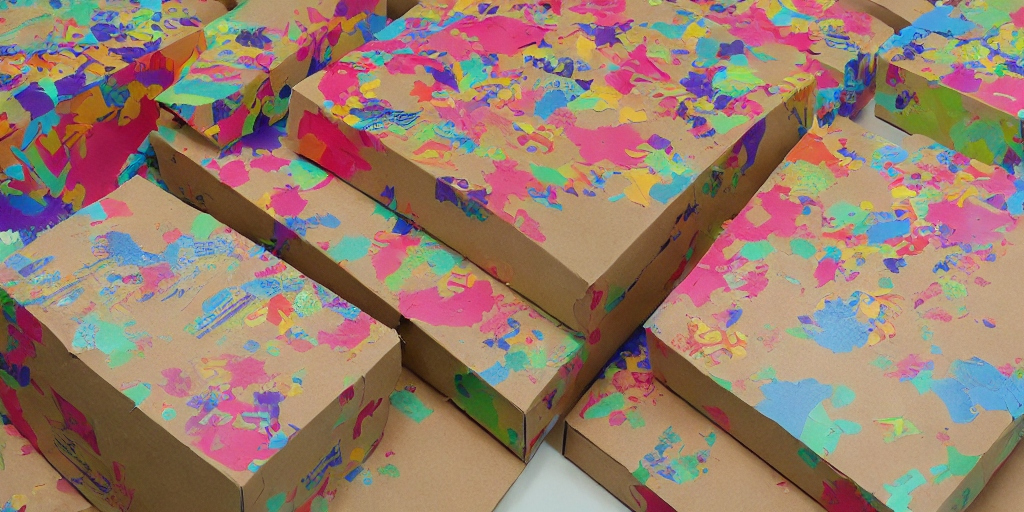
In today’s world, sustainability has become a significant consideration for individuals, businesses, and governments alike. With growing concerns about environmental degradation and climate change, it is crucial to adopt sustainable practices in all aspects of life, including packaging. One such sustainable packaging option that is gaining popularity is custom chipboard boxes.
Advantages of Chipboard Boxes
Chipboard boxes are made from a type of paperboard that is created by compressing layers of paper together. This type of packaging offers several advantages that make it a sustainable option for businesses.
Firstly, chipboard boxes are versatile and durable. They come in various sizes and shapes, making them suitable for a wide range of applications, including packaging for food and beverages, electronics, cosmetics, personal care products, e-commerce, and retail items. Chipboard boxes are sturdy and can protect the contents inside during transportation and storage, reducing the need for additional packaging materials.
Secondly, chipboard boxes are recyclable and made from eco-friendly materials. Most chipboard boxes are made from recycled paperboard, and they can be recycled again after use. This helps reduce the demand for new paperboard production and minimizes the impact on forests, as chipboard boxes can be made from post-consumer waste. Additionally, some chipboard boxes are certified by the Forest Stewardship Council (FSC), which ensures that the materials used in their products come from responsibly managed forests.
Thirdly, chipboard boxes are highly customizable, allowing businesses to add their branding and design elements. This not only helps promote the brand but also encourages reusability, as consumers may repurpose the boxes for storage or other uses, extending their lifespan.

Chipboard Boxes in Various Industries
Chipboard boxes are widely used in various industries as a sustainable packaging option. In the food and beverage industry, chipboard boxes are used for packaging products such as cereals, snacks, frozen foods, and beverages. These boxes are food-safe, durable, and customizable, making them an ideal choice for packaging perishable and non-perishable food items.
In the electronics industry, chipboard boxes are used for packaging items like smartphones, tablets, laptops, and other electronic accessories. These boxes provide protection against damage during transportation and
storage, ensuring that the electronics reach the consumers in good condition. Chipboard boxes can also be designed with inserts or compartments to secure delicate electronic items, minimizing the need for additional packaging materials.
The cosmetics and personal care industry also utilizes chipboard boxes for packaging various products, such as skincare and beauty products, perfumes, and toiletries. Chipboard boxes can be customized to reflect the brand’s image and provide an eco-friendly packaging solution for these items.
Chipboard Boxes and the Environment
One of the significant advantages of chipboard boxes as a sustainable packaging option is their positive impact on the environment. Chipboard boxes contribute to sustainable packaging practices in several ways.
Firstly, chipboard boxes help reduce the carbon footprint as they are made from renewable resources. The primary raw material used in chipboard boxes is paper, which is derived from trees. However, most chipboard boxes are made from recycled paper or paperboard, reducing the demand for new trees to be cut down. This helps in conserving forests, which are vital for carbon sequestration and mitigating climate change.
Secondly, chipboard boxes are made from materials that are easily recyclable. After use, chipboard boxes can be recycled to make new paperboard or other paper products, reducing the amount of waste that ends up in landfills. This helps in conserving resources and reducing the environmental impact of packaging materials.
Lastly, chipboard boxes are manufactured using energy-efficient processes. The production of chipboard boxes involves compressing layers of paper together, which requires less energy compared to other packaging materials like plastic or metal. This helps in reducing the overall energy consumption and greenhouse gas emissions associated with the manufacturing process.
How Chipboard Boxes Contribute to Sustainable Packaging
Chipboard boxes contribute to sustainable packaging practices in several ways, making them an eco-friendly option for businesses.
Firstly, chipboard boxes can be certified by the Forest Stewardship Council (FSC), which ensures that the materials used in their products come from responsibly managed forests. This certification provides assurance that the chipboard boxes are made from sustainably harvested wood and do not contribute to deforestation or habitat destruction.
Secondly, chipboard boxes can be made from recycled content, reducing the demand for new paper or paperboard production. Many chipboard boxes are made from post-consumer waste, which helps in conserving resources and reduces the environmental impact of packaging materials.

Consumer Awareness and Preference for Sustainable Packaging
With increasing awareness about environmental issues, consumers are becoming more conscious of their purchasing decisions, including the packaging of the products they buy. Many consumers now prefer products that are packaged in sustainable materials, such as chipboard boxes, as it aligns with their values of environmental conservation.
The changing consumer behavior towards sustainable choices has made businesses more aware of the importance of adopting sustainable packaging practices. Brands that use sustainable packaging materials, such as chipboard boxes, are viewed positively by consumers, as it demonstrates their commitment to environmental sustainability. This can result in increased customer loyalty, brand reputation, and ultimately, higher sales.
Challenges and Solutions in Adopting Chipboard Boxes as Sustainable Packaging
While chipboard boxes are an excellent option for sustainable packaging, there are some challenges that businesses may face in adopting them. One of the main challenges is the cost. Chipboard boxes made from recycled materials or certified by organizations like FSC may be slightly more expensive compared to conventional packaging materials. However, businesses can overcome this challenge by considering the long-term benefits and positive impact on the environment, as well as exploring options for bulk purchasing or negotiating with suppliers for competitive pricing.
Conclusion
In conclusion, chipboard boxes are a sustainable custom packaging option that offers numerous benefits for businesses and the environment. They are made from renewable resources, easily recyclable, and manufactured using energy-efficient processes. Chipboard boxes contribute to sustainable packaging practices by conserving resources, reducing waste, and minimizing the carbon footprint. Furthermore, consumer preference for sustainable packaging is on the rise, making chipboard boxes a viable choice for businesses looking to align with environmentally conscious consumers.
While there may be challenges in adopting chipboard boxes as a packaging option, such as cost and consumer awareness, these challenges can be overcome with strategic planning and education. By incorporating chipboard boxes into their packaging strategies, businesses can demonstrate their commitment to sustainability and contribute to a greener future.
FAQs (Frequently Asked Questions)
- Are chipboard boxes biodegradable? Yes, chipboard boxes are biodegradable as they are made from paper or paperboard materials, which naturally break down over time.
- Can chipboard boxes be used for shipping fragile items? Yes, chipboard boxes can be designed with inserts or compartments to secure fragile items during shipping, making them a suitable option for packaging delicate products.
- Are chipboard boxes suitable for food packaging? Chipboard boxes are not typically used for food packaging as they are made from paper or paperboard materials, which may not provide the required barrier properties for food safety. It is essential to use food-grade packaging materials for food packaging purposes.
- Can chipboard boxes be recycled? Yes, chipboard boxes can be recycled as they are made from paper or paperboard materials. However, it is crucial to check the local recycling guidelines and facilities for proper disposal and recycling of chipboard boxes.

Thank you very much for sharing, I learned a lot from your article. Very cool. Thanks.
Can you be more specific about the content of your article? After reading it, I still have some doubts. Hope you can help me.